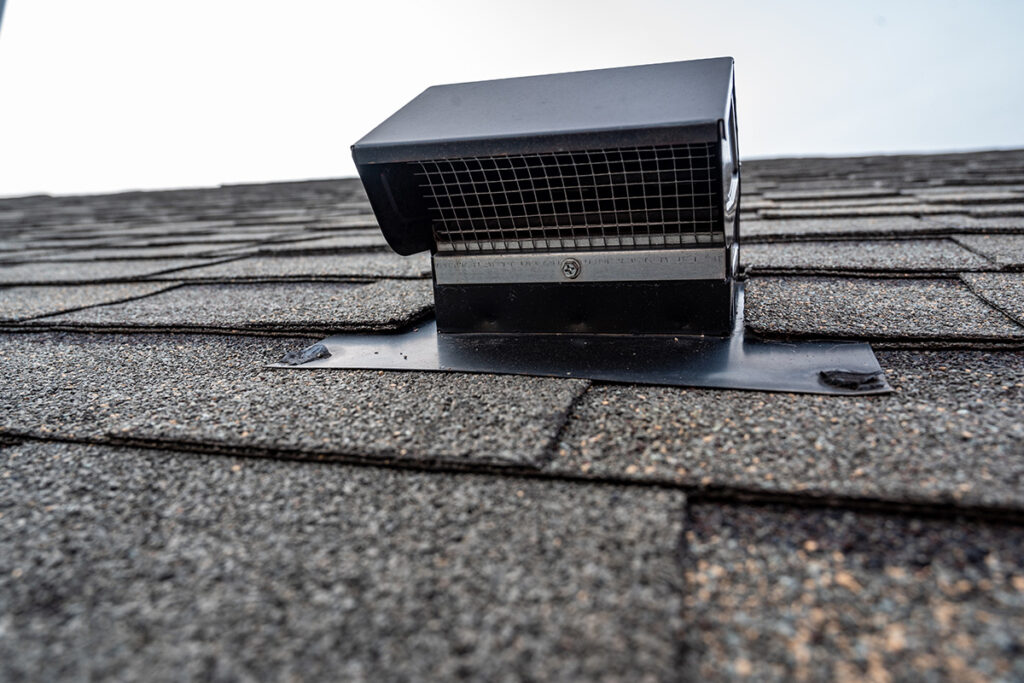
If you’re like most people, you probably don’t think about your roof ventilation system until there’s a problem. And by then, it’s often too late. Damages caused by poor roof ventilation can be expensive to fix, and can even lead to structural damage in your home.
What is Roof Ventilation?
Roof ventilation is the process of exchanging stale indoor air with fresh outdoor air. This helps to keep your home cooler in the summer and prevents the build-up of moisture, which can lead to mold and other health problems. Roof ventilation systems can be either passive or active. Passive roof ventilation relies on natural forces, such as wind and convection, to ventilate your home. Active roof ventilation uses fans to circulate the air in your home.
Most homes have a combination of both passive and active roof ventilation systems. The most common type of passive roof ventilation is the ridge vent. Ridge vents are installed along the ridge line of your roof and allow hot air to escape through the openings in the roof.
Active roof ventilation systems can be either powered or solar-powered. Solar-powered roof ventilation systems use photovoltaic panels to convert sunlight into electricity, which powers the fans in your roof ventilation system.
Powered roof ventilation systems use either electricity or batteries to power the fans.
Improve Your Home’s Ventilation
There are a few things you can do to improve the roof ventilation in your home. First, make sure that all of your exhaust fans are vented to the outside and not into your attic. Second, open doors and windows regularly to allow fresh air into your home. And finally, consider installing a roof ventilation system if you don’t already have one. Roof ventilation systems are relatively inexpensive and can save you money on your energy bills in the long run.
Does Your Home Need New Roof Ventilation?
So how can you tell if your roof ventilation system needs to be updated? Here are a few signs to look for:
- Your energy bills are increasing: If your home is not properly ventilated, your air conditioner will have to work overtime to keep your home cool in the summer. This can lead to a significant increase in your energy bills.
- There is condensation on your windows: This is a sure sign that the air in your home is not circulating properly. When the air in your home is stagnant, it can lead to condensation on your windows and other surfaces.
- Your roof shingles are curling or cracking: This is a sign that your roof is not ventilating properly. When the air inside your home is too moist, it can cause the shingles on your roof to curl or crack.
If you’re not sure whether or not your home needs a roof ventilation system, contact WNY Roofing and Siding for an inspection. We will be able to tell you if your home needs better ventilation. Don’t wait until it’s too late to take action!
If you wait until there is significant damage to your roof, it will be much more expensive to fix. In some cases, you may even need to replace your roof entirely. So if you think there’s a problem with your roof ventilation system, don’t hesitate to call us today at 716-776-7663.
